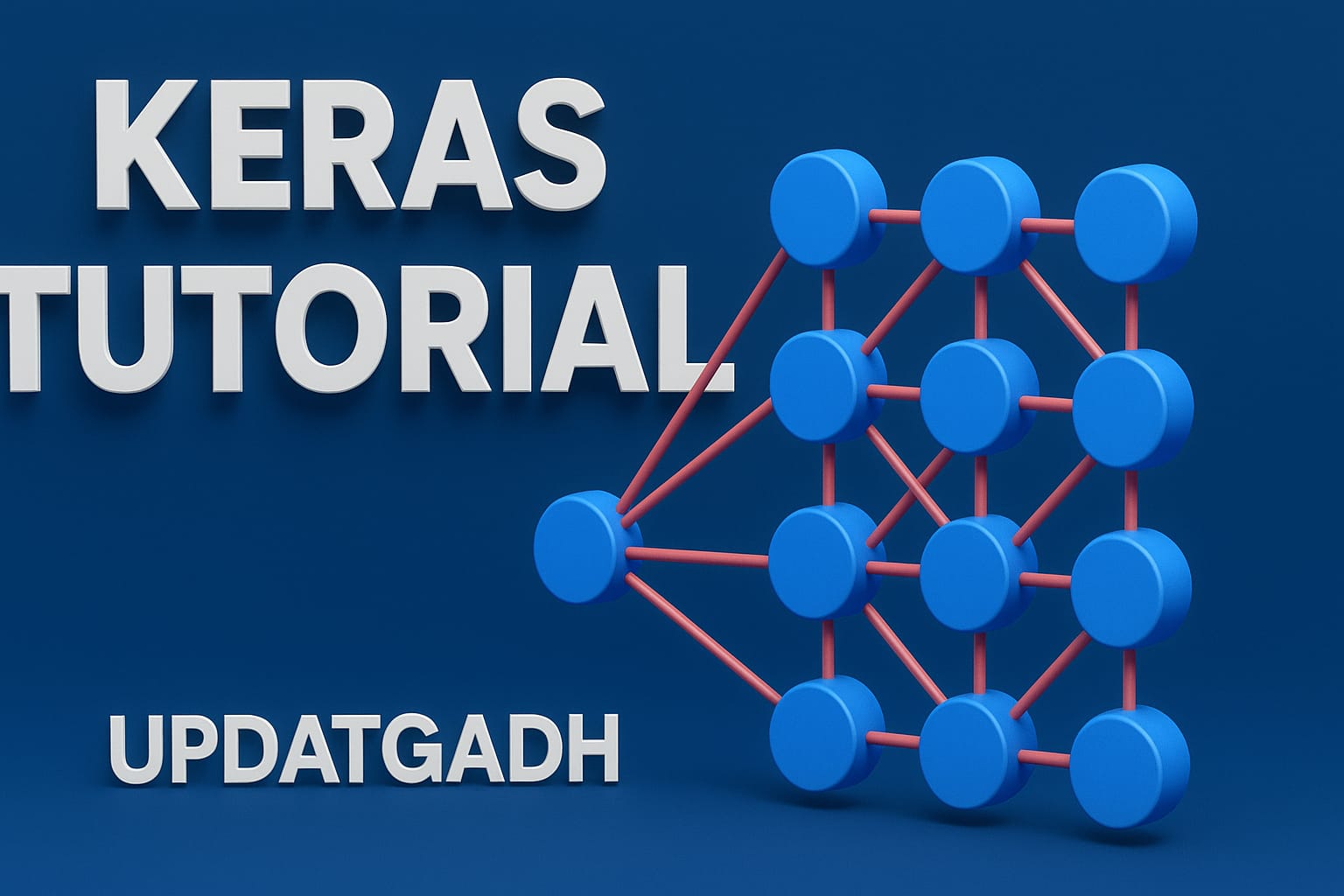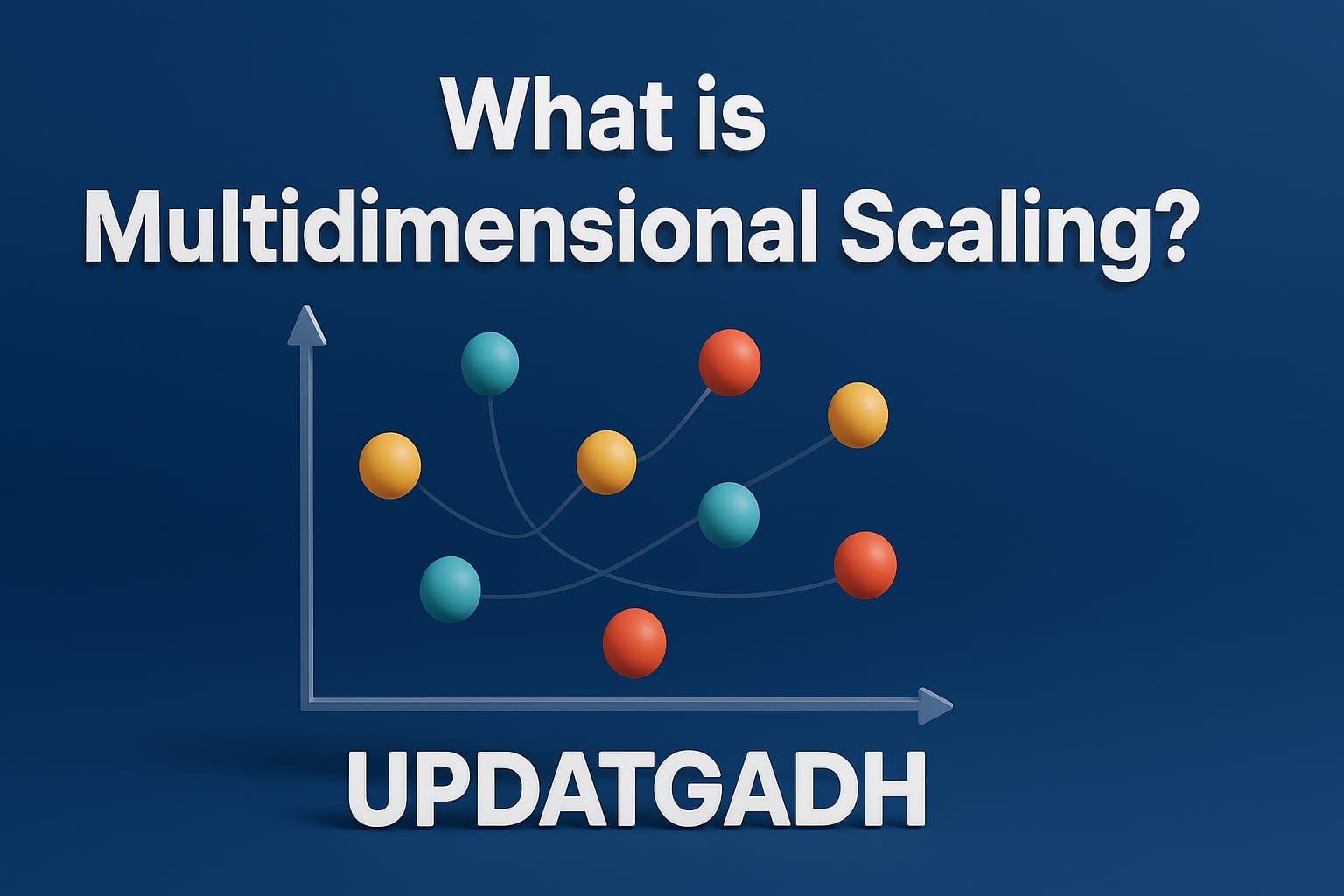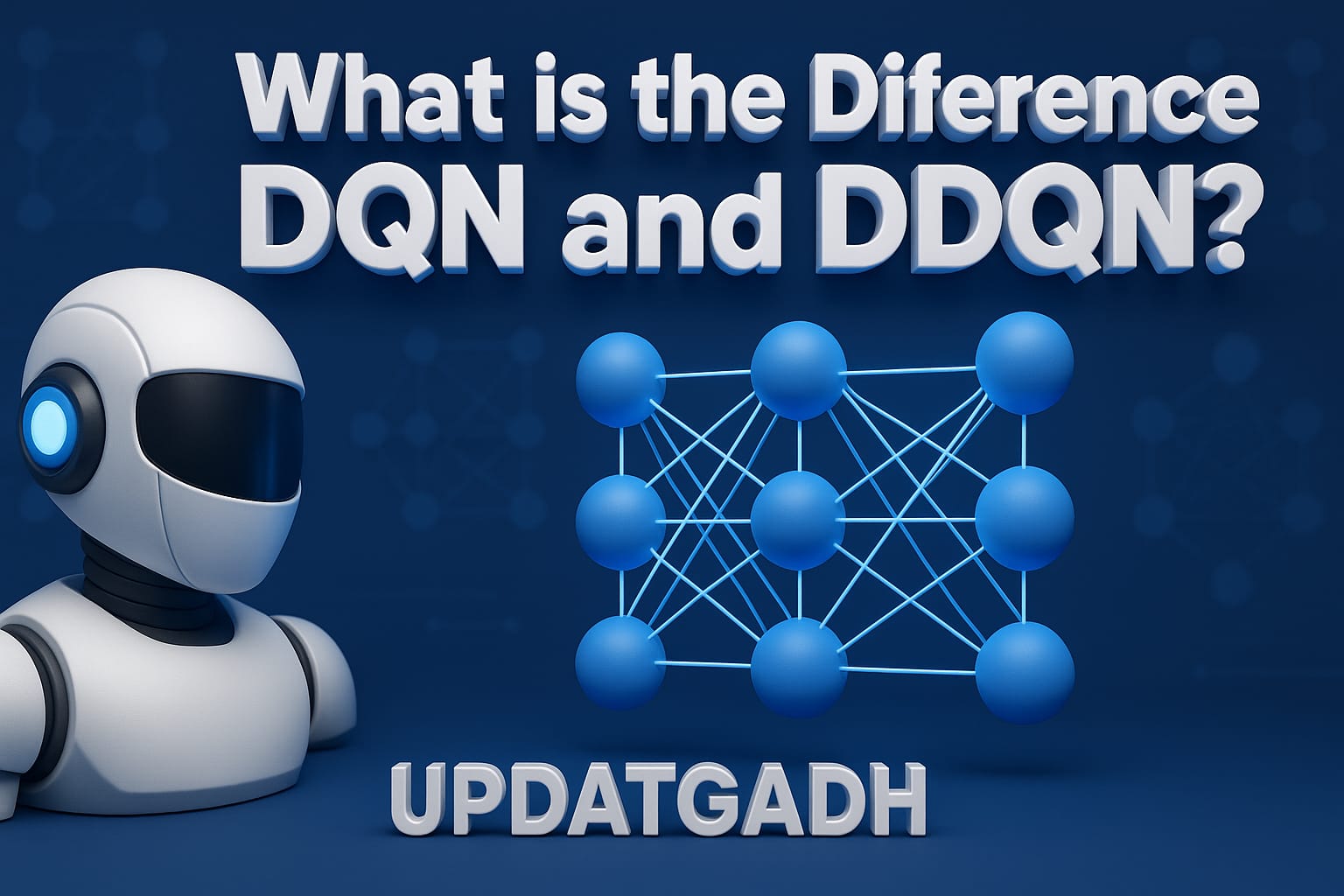
Quick Start to Gaussian Process Regression
Quick Start to Gaussian Process Regression
Introduction to Gaussian Process Regression
Gaussian Process Regression (GPR) is a powerful and flexible probabilistic model widely used in regression tasks. Unlike traditional regression methods that fit fixed parameters to data, GPR assumes a distribution over all possible functions that could explain the observed data. This makes it especially valuable for modeling uncertainty in predictions.
At its core, GPR models relationships between data points using a covariance function (also known as a kernel). This kernel defines how similar two data points are and governs the smoothness and general behavior of the predicted function.
One of GPR’s key strengths is its ability to not only provide predictions but also quantify uncertainty in those predictions—an essential feature in high-stakes domains such as healthcare, finance, and scientific research.
Despite its versatility, GPR can become computationally expensive for large datasets. However, modern computational techniques like sparse approximations and variational inference have significantly improved its scalability and applicability.
Machine Learning Tutorial:-Click Here
Data Science Tutorial:-Click Here
Complete Advance AI topics:-CLICK HERE
DBMS Tutorial:-CLICK HERE
Understanding Gaussian Processes
A Gaussian Process is essentially a distribution over functions. Rather than fitting a single function to the data, a GP represents a range of functions that are consistent with observed data.
Key Characteristics:
- Mean Function: Defines the expected value of the function at any input. Often set to zero for simplicity.
- Covariance Function (Kernel): Defines the structure and relationship between inputs. Popular kernels include the Radial Basis Function (RBF) and Matérn kernel.
- Marginalization: Allows prediction at any subset of points without re-evaluating the entire dataset.
- Interpretability: Offers not just point estimates, but also confidence intervals.
- Applicability: Useful in various domains such as regression, classification, time series forecasting, and Bayesian optimization.
Advantages and Applications of GPR
Key Advantages:
- Flexibility: Capable of modeling non-linear and complex relationships without needing a fixed equation.
- Uncertainty Estimation: Provides confidence intervals for predictions, making it ideal for risk-sensitive applications.
- Incorporation of Prior Knowledge: Kernel choice allows the integration of domain knowledge.
- Resistance to Overfitting: Due to its probabilistic nature, GPR typically generalizes well, even with limited data.
Real-World Applications:
- Regression: Ideal for datasets where understanding variability and uncertainty is as important as accuracy.
- Time-Series Forecasting: Models temporal dependencies effectively for applications like weather prediction or demand planning.
- Anomaly Detection: Learns normal patterns and flags deviations—useful in finance, cybersecurity, and manufacturing.
- Optimization: Acts as a surrogate model in Bayesian optimization, especially for expensive-to-evaluate functions.
Quick Start Guide: Preparing Your Data for GPR
Here’s how to get started with your dataset for Gaussian Process Regression:
1. Data Collection
Ensure your dataset includes clearly defined input features (independent variables) and corresponding outputs (dependent variables).
2. Data Cleaning
Handle missing values, remove duplicates, and resolve anomalies to ensure clean inputs.
3. Normalization
Standardize your features to improve model convergence and stability. Feature scaling is especially important for kernels sensitive to input ranges.
4. Feature Engineering
Transform or construct new features to better capture relationships within your data.
5. Data Splitting
Divide your dataset into:
- Training Set: Used to fit the model.
- Validation Set: Used for tuning hyperparameters.
- Test Set: Used to evaluate model generalization.
6. Encoding Categorical Variables
Convert categorical features into numeric values using label encoding or one-hot encoding.
7. Input Formatting
Structure your input data as an n×dn \times d matrix where:
- n = number of observations,
- d = number of input features.
8. Output Formatting
For single-output regression, the output should be a vector. For multi-output, use a matrix format.
9. Data Visualization
Use pair plots, scatter plots, or heatmaps to inspect relationships and inform kernel selection.
Complete Python Course with Advance topics:-Click Here
SQL Tutorial :-Click Here
Download New Real Time Projects :-Click here
Final Thoughts
Gaussian Process Regression is not just another machine learning model—it’s a framework for informed and probabilistic learning. Whether you’re working with sparse data, need interpretable results, or care about model confidence, GPR offers an elegant solution that balances flexibility and rigor.
If you’re beginning your journey into advanced regression modeling, GPR is a must-have tool in your arsenal.
gaussian process regression example
gaussian process regression python
when to use gaussian process regression
gaussian process regression pdf
an intuitive tutorial to gaussian process regression
is gaussian process regression machine learning
gaussian process regression scikit-learn
gaussian process regression (gpr)
quick start to gaussian process regression python
quick start to gaussian process regression pdf
quick start to gaussian process regression in machine learning
quick start to gaussian process regression example
quick start to gaussian process regression geeksforgeeks





Post Comment